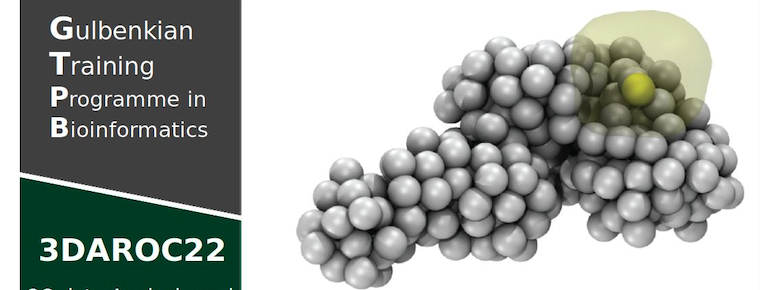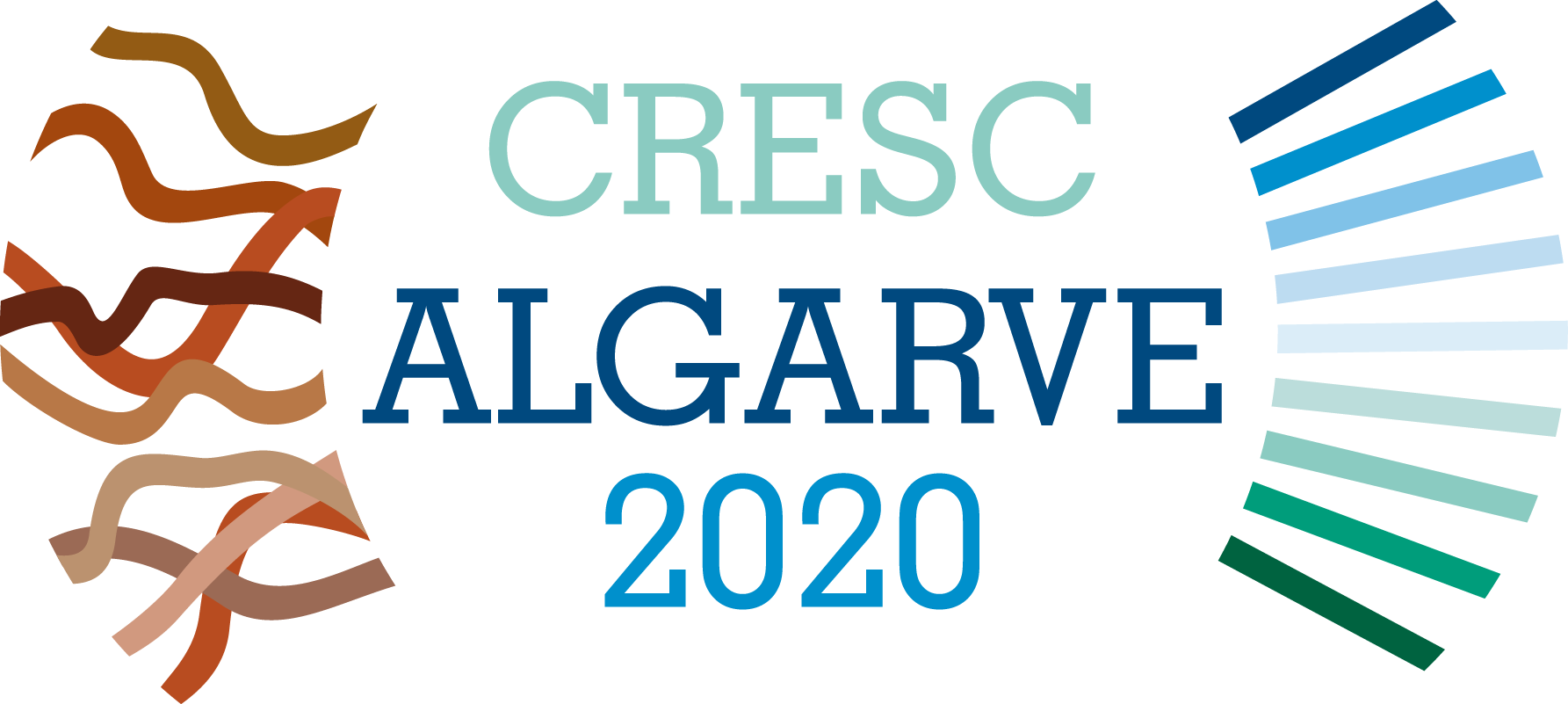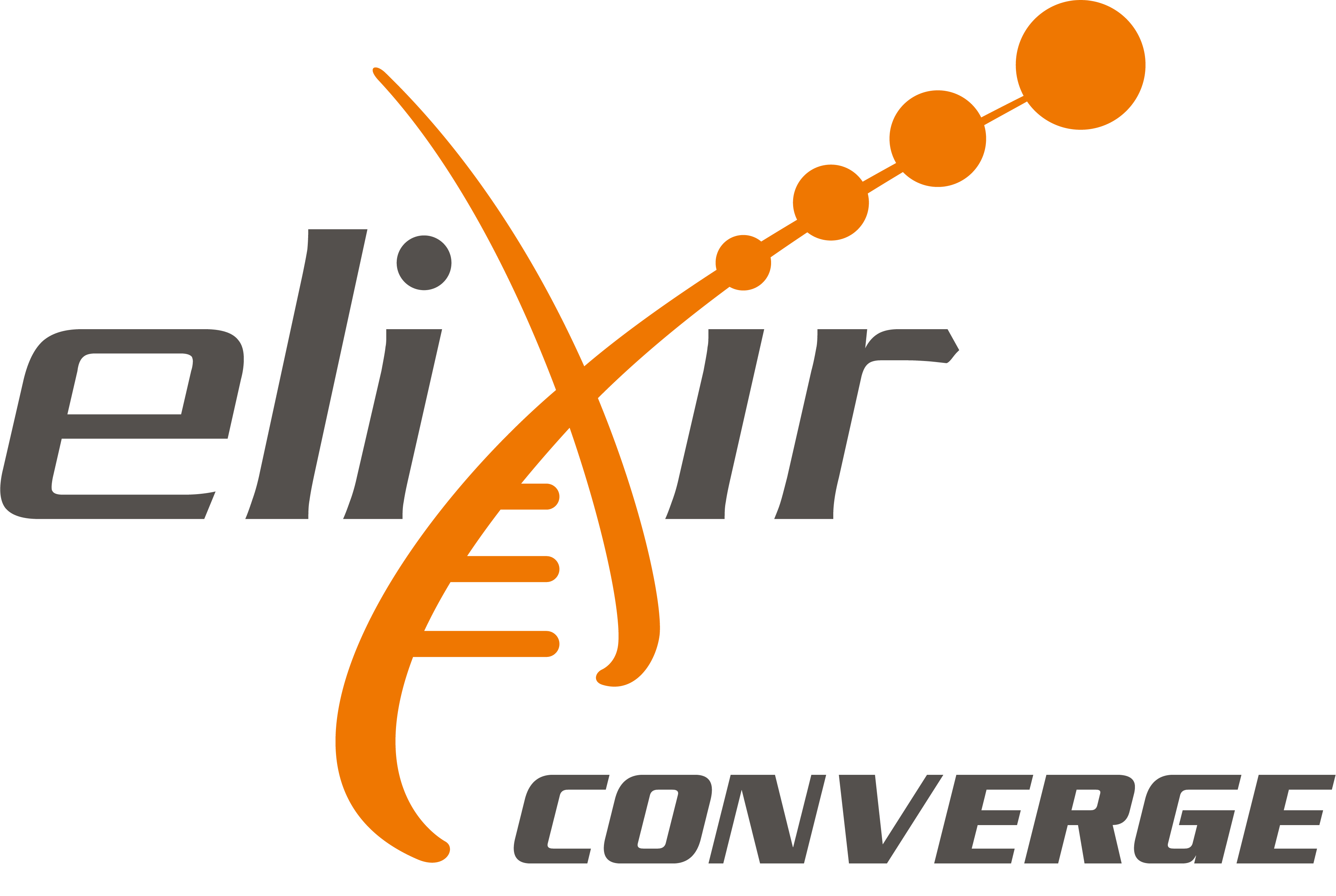
GTPB | 3DAROC22 - 3C-based data analysis and 3D reconstruction of chromatin folding 2022
IMPORTANT DATES
Deadline for applications: November 17th, 2022
Course date: November 22nd to 25th, 2022
DESCRIPTION
3C-based methods, such as Hi-C, produce a huge amount of raw data as pairs of DNA reads that are in close spatial proximity in the cell nucleus. Overall, those interaction matrices have been used to study how the genome folds within the nucleus, which is one of the most fascinating problems in modern biology. The rigorous analysis of those paired-reads using computational tools has been essential to fully exploit the experimental technique, and to study how the genome is folded in space. Currently, there is a clear expansion on the wealth of data on genome structure with the availability of many datasets of Hi-C experiments down to 1Kb resolution (see for example: http://hic.umassmed.edu/welcome/welcome.php or http://www.aidenlab.org/data.html).
In this course, participants will learn to use TADbit, a software designed and developed to manage all dimensionalities of the Hi-C data:
- 1D - Map paired-end sequences to generate Hi-C interaction matrices
- 2D - Normalize matrices and identify constitutive domains (TADs, compartments)
- 3D - Generate populations of structures that satisfy the Hi-C interaction matrices
- 4D - Compare samples at different time points
Participants can bring specific biological questions and/or their own 3C-based data to analyze during the course. At the end of the course, participants will be familiar with the TADbit software and will be able to fully analyze Hi-C data. Although the TADbit software is central in this course, alternative software will be discussed for each part of the analysis.
TARGET AUDIENCE
The course design is oriented towards experimental researchers and bioinformaticians at the graduate and post-graduate levels. The last edition of this course was attended by people with different backgrounds and interested in the genome organization. It is likely that the participants to this course aim at getting involved in generating Hi-C data for chromosome structure determination or that they just want to be able to correctly interpret and analyse publicly available data.
COURSE PRE-REQUISITES
Recommended Linux skills, graduate level in Life Sciences.
Although TADbit is a python library, most of the hands-on will be conducted directly from the command line (without any python) using TADbit tools.
TADbit page at GitHub: https://github.com/3DGenomes/TADbit
INSTRUCTORS
Marc A. Martí-Renom obtained a PhD in Biophysics from the Universidad Autonoma de Barcelona (UAB) where he worked on protein folding under the supervision of B. Oliva, F.X. Aviles and M. Karplus (Nobel Laureate for Chemistry 2013). After that, he went to the US for a postdoctoral training on protein structure modelling at the Sali Lab (Rockefeller University) as the recipient of the Burroughs Wellcome Fund fellowship. Later on, Marc was appointed Assistant Adjunct Professor at UCSF. Between 2006 and 2011, he headed the Structural Genomics Group at the CIPF in Valencia (Spain). Currently, Marc is an ICREA research professor and leads the Structural Genomics Group at the National Center for Genomic Analysis - Centre for Genomic Regulation (CNAG-CRG) in Barcelona. His research group employs the laws of physics and the rules of evolution to develop and apply experimental and computational methods for elucidating the 3D structures of macromolecules and their complexes. Between 2012 and 2018, Marc was an Associate Editor of the PLoS Computational Biology journal and has published over 120 articles in international peer-reviewed journals. He coordinated two international teams funded by the EU (Era-Net Pathogenomics Grant) and the HFSP (Research Grants Award). Since 2014, he became the co-PI on the 4DGenome Grant funded by the ERC Synergy program as well as the co-PI on the MuG Research project funded by the European Commission H2020 program. In the last few years, Marc played a key role in Europe to promote the 4DNucleome Initiative, which recently joined forces with the single-cell and organoid communities to form the LifeTime Initiative towards a FET-FLAGSHIP in Europe to which he is a Steering Committee Member. Marc collaborates in GTPB as an instructor since 2008. PGDD08 - Pharmacogenomics: new opportunities for drug discovery; SG09 - Structural Genomics; SGDD10 - Structural Genomics and Drug Design; CSDM14-Chromosome structure determination using modelling and Hi-C data; 3DAROC16 - 3C-based data analysis and 3D reconstruction of chromatin folding; 3DAROC16, 3DAROC18 and 3DAROC21 - 3C-based data analysis and 3D reconstruction of chromatin folding. ORCIDID. Affiliation: Centro Nacional de Análisis Genómico (CNAG) and Center for Genomic Regulation (CRG), Barcelona, ES
Marco Di Stefano obtained his Ph.D. in Biophysics in 2014 (Scuola Internazionale Superiore di Studi Avanzati: Trieste, Friuli-Venezia Giulia, IT) working on Physics-based structural models of chromosomes to study the relationship between gene co-expression and gene co-localization. He moved as a post-doctoral researcher to the structural genomics group of Marc A. Martí-Renom at CNAG-CRG (Barcelona). His main research interest is in integrating chromosome conformation capture data, epigenomics, and polymer Physics to study constitutive mechanisms of chromosome folding. He has been involved in GTPB as an instructor for 3DAROC16 and 3DAROC21- 3C-based data analysis and 3D reconstruction of chromatin folding. In October 2020 he moved to the Institute of Human Genetics (Montpellier, FR) as a senior post-doc in the Chromatin and Cell Biology group led by Giacomo Cavalli. He is extending his studies on the relationship between epigenetics, gene expression, and genome structural organization and dynamics. ORCIDID. Affiliation: Institute of Human Genetics (IGH), Centre National de la Recherche Scientifique (CNRS), University of Montpellier, Montpellier, FR.
David Castillo obtained his MSc in Photonics from the Universitat Politècnica de Catalunya in Barcelona (Spain) where he worked in Super-resolution microscopy. He has a background in Physics and Engineering. He works as a technician in the Structural Genomics team of Marc A. Martí-Renom at CNAG-CRG (Barcelona), developing tools for the analysis, modelling and visualization of Hi-C data. David is also interested in the integration of microscopy into the modeling of genomic 3D structures. He has been involved in GTPB as an instructor for 3DAROC18 - 3C-based data analysis and 3D reconstruction of chromatin folding. Affiliation: Centro Nacional de Análisis Genómico (CNAG) and Center for Genomic Regulation (CRG), Barcelona, ES
CAPACITY
20 participants
APPLICATION
More details about this course, including application instructions, are available at http://gtpb.igc.gulbenkian.pt/bicourses/2022/3DAROC22
IGC - Instituto Gulbenkian de Ciência
Rua da Quinta Grande, 6
2780-156 Oeiras
Portugal





